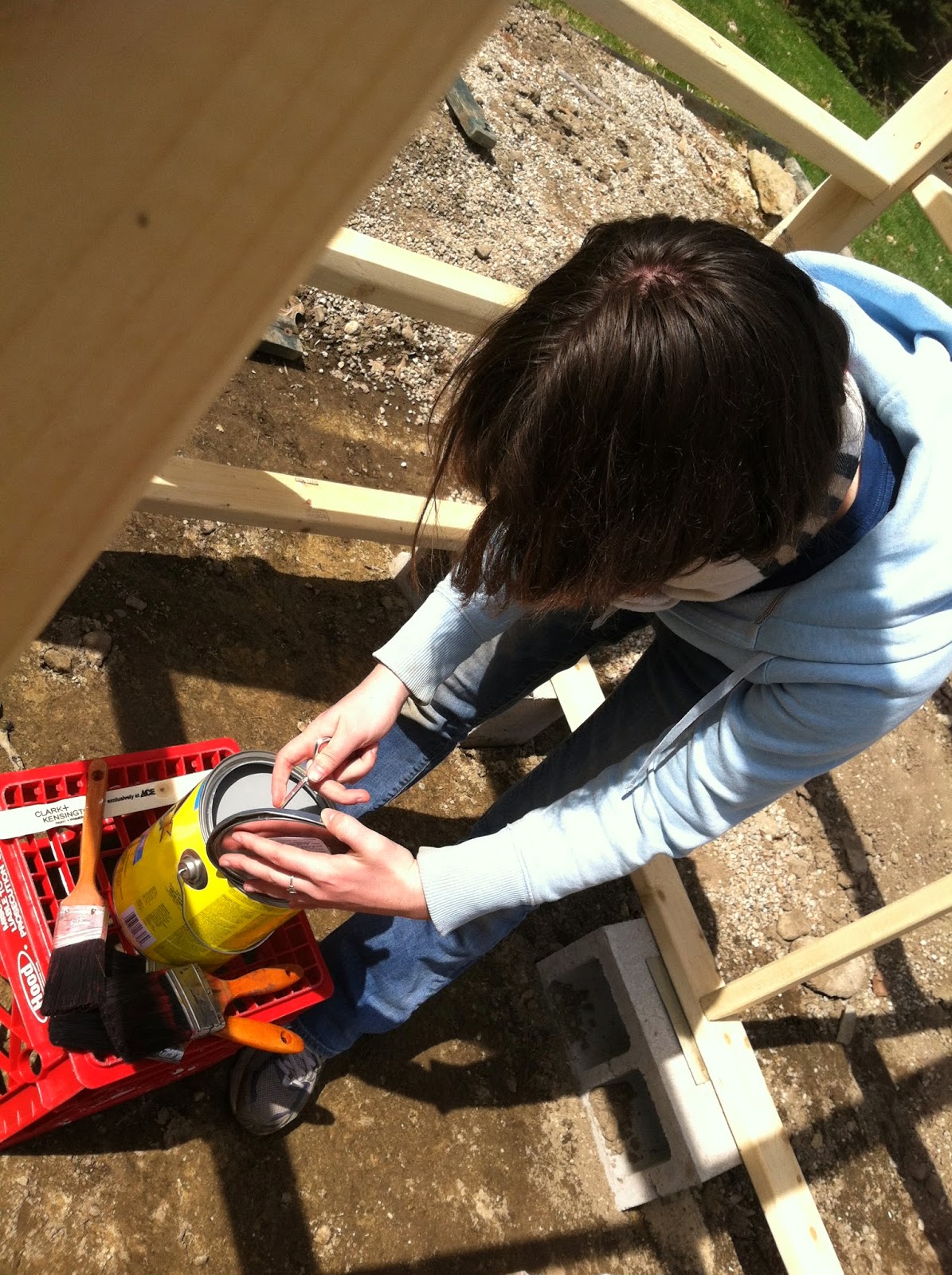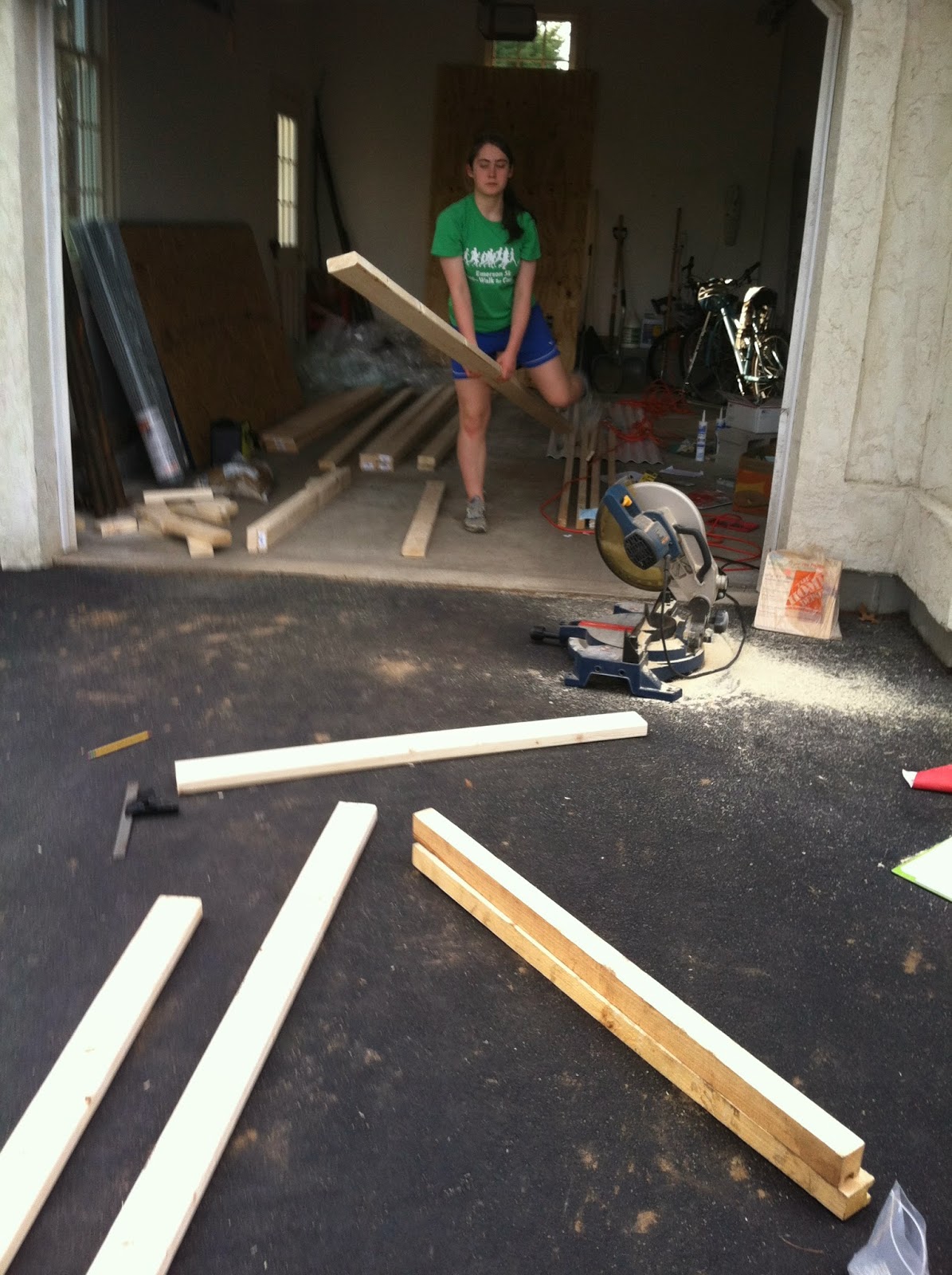CHICKS ARRIVED YESTERDAY!!!
I picked up a peeping package at the post office yesterday morning! The five girls were a bit dazed and confused when they got out of the box, but were very active and entertaining, quickly learning where the food and water was (with a little help). When I took them out of the box, one by one, I dipped their beaks in the water and then into the feed to help teach them where to find water and food, and how to eat and drink. Without a mother hen, most chicks don't know where to find food or drink, or even what it means to eat and drink! They haven't been taught, so it is important to help them. However, they did find the grit on their own, and have been consuming it, which is good for their digestion. I have been spending a lot of time with them, sitting in their brooder just to get them used to my presence and observing them. They are still afraid of being picked up and touched, but I do it anyway to get them accustomed to it. They are going to be around humans a lot.
Check out pictures of the girls below!! :)

Sleepy girl :)
A cute video of the babies
I set up the brooder on the 3 days before they arrived, pictures of which can be seen in my previous post. As summarized in that post, this included putting up the heat lamp, nailing boards together, laying bedding, setting up waterers, grinding up gravel for grit, filling the feeder, and constructing roosts.
I did coop work this week as well, which can also be seen in past posts. I built the roof, stained the coop, framed the henhouse, and began cutting and installing hardware cloth. See pictures and details from past posts.
Reflection
I learned about baby chickens this week! :) They're pretty active, but fall asleep suddenly and in the blink of an eye. Their social lifestyle is evident, even at only a couple of days. They travel as a group a lot, and when one gets separated or picked up, she tends to cheep loudly and frantically, looking for the others. They always want to do what the others are doing. But, they're all a little different too. There's a couple that get more alarmed than others when picked up. There's one chick with prominent back markings that appears to be a natural leader. She's very curious, and is often the first to come explore (albeit a bit cautiously) when someone puts their hand or foot in the brooder.
The chicks have figured out how to climb onto the little concrete ledge at the edge of their brooder. When the first one figured it out, all the others wanted to try too. They like it up there, and I think its due to the fact that chickens like to roost above the ground (although they haven't yet figured out the roosting poles I set up for them). They are also less fragile than one may think (although their bones are hollow, so don't throw them around a lot). They jump from places that are high up relative to their size, fall over a lot, walk on top of each other, and bump into each other. It's adorable, but they are quite hardy for babies. They're also a lot more capable than human babies of the same age--they eat, drink, and walk on their own.
As for coop building, I learned the hard way that oil-based products do not come off clothes and hands easily! Oils don't like water, so they require a lot of soap to remove. I think I've permanently ruined a t-shirt. Also, hardware cloth is awful stuff--it's hard to cut, rolls up a lot, and has sharp ends.
From the coop, I've also learned that insects (flies, bees) like that spot a lot. The fruit trees are right next to it, and there's bare dirt under the coop that they live in. I'll have to take some measures to keep bugs away somehow.


















































